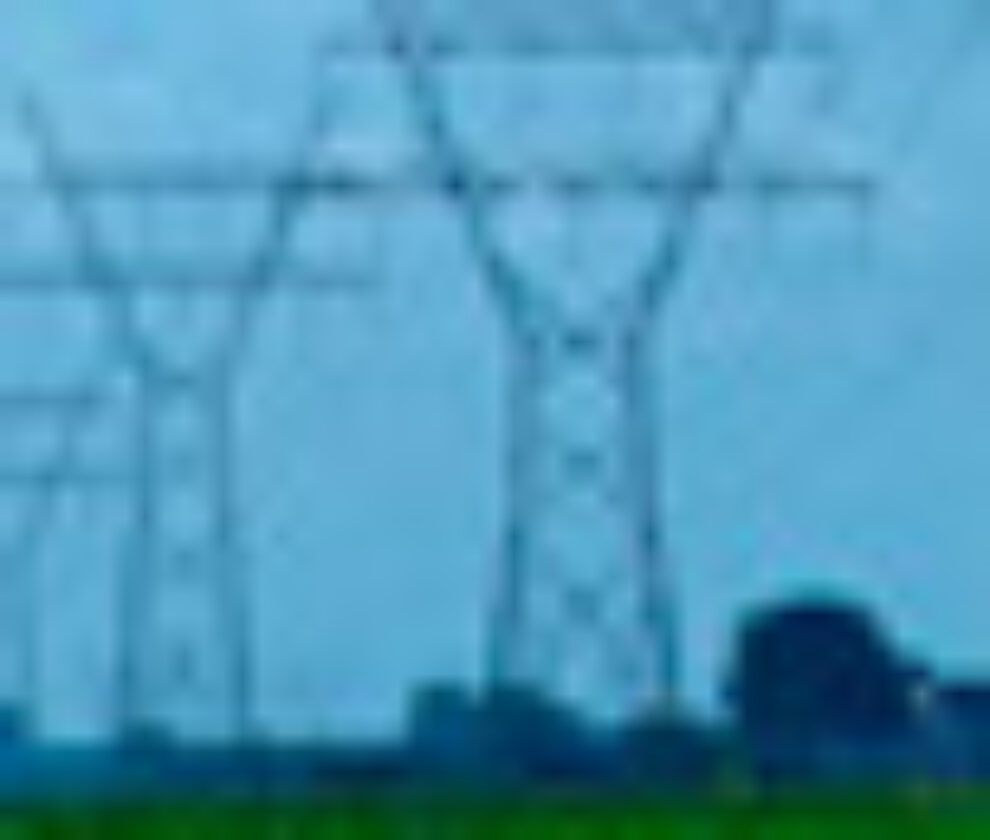Cross-posted from The Washington Post
By Jim Malewitz
Kansas is undoubtedly a windy state, but it is not yet the “Saudi Arabia of Wind” that Republican Gov. Sam Brownback wants it to be.
Kansas has more wind energy potential than any state except Texas, but eight states generate more total megawatts of wind power — even as Brownback and his legislature have taken steps to boost Kansas’s wind industry. A key problem: a lack of high-voltage electric lines to connect the remote areas where turbines churn out power to the bustling regions that demand it.
It isn’t easy to build power lines, particularly those that would have to stretch across several states. A complex — and sometimes conflicting — patchwork of federal and state rules has delayed the completion of some projects and deterred investment.
Lawmakers in Kansas and other states are pitching an interstate compact to streamline that process and add renewable energy to the grid faster. A bill to join the compact sailed through the Kansas House this year, and lawmakers in Washington and Missouri have proposed similar legislation.
The location of power-transmission lines is increasingly important as state renewable energy targets drive investments in wind and solar power. President Obama’s ambitious renewable energy goals and his plan to tackle climate change have further raised the stakes.
“Here’s a conscious effort saying, ‘States, here’s a chance to work together,’ ” said Rep. Tom Sloan, a Kansas Republican and energy expert who helped draft the measure in his state.
The nation’s aging power grid wasn’t designed for today’s demand. For decades, the setup was relatively simple: High-voltage electric lines connected major coal, gas or nuclear plants to nearby communities that needed the power. More than 200,000 miles of transmission lines crisscross the country.
Now, as government incentives and technological advances spur investments in wind and solar energy, experts see a need for more transmission lines to link scattered turbines and solar panels to the grid — especially as the U.S. demand for energy rises again after dipping during the recession. As recently as five years ago, the country was building about 1,000 miles of transmission lines each year. That rate has more than doubled, according to the North American Electric Reliability Corp., and it’s expected to reach 3,600 miles a year by 2018.
As is the case in Kansas, which sits at the center of a wind tunnel stretching from eastern Montana and North Dakota down to Texas, some of the country’s best resources lie far from the people who need it.
For many reasons, it’s hard to build lines across states. The lines can draw protests from groups concerned about the use of eminent domain or the effect on the environment. Even less controversial projects can take years to complete as companies slog through conflicting rules and deadlines in each state a project touches. In one extreme case, American Electric Power spent 14 years getting approval for a 90-mile line that took just 18 months to build, according to a report by the North American Electric Reliability Corp.
Under the proposed compact, participating states would consider a project’s impact on an entire region, rather than on individual states. It also would give developers a unified entity to deal with. Any state could join the compact, but for each project, the rules would apply only to those states affected by a power line.
There is some precedent for collective action, and a recent Federal Energy Regulatory Commission rule requires public electricity providers to consider state and local policy when mapping out long-term electricity needs.
Federal officials, who have long sought to override state controls to speed up power line construction, also back the idea of an interstate compact — especially because a 2009 federal court ruling prevents them from sidestepping state decisions to halt projects.
“The next best thing is for the states to address this issue on their own,” said Jason Stanek, an adviser to the FERC commissioner.
— Stateline
Stateline is a nonpartisan, nonprofit news service of the Pew Charitable Trusts that provides daily reporting and analysis on trends in state policy.
31 Jul

